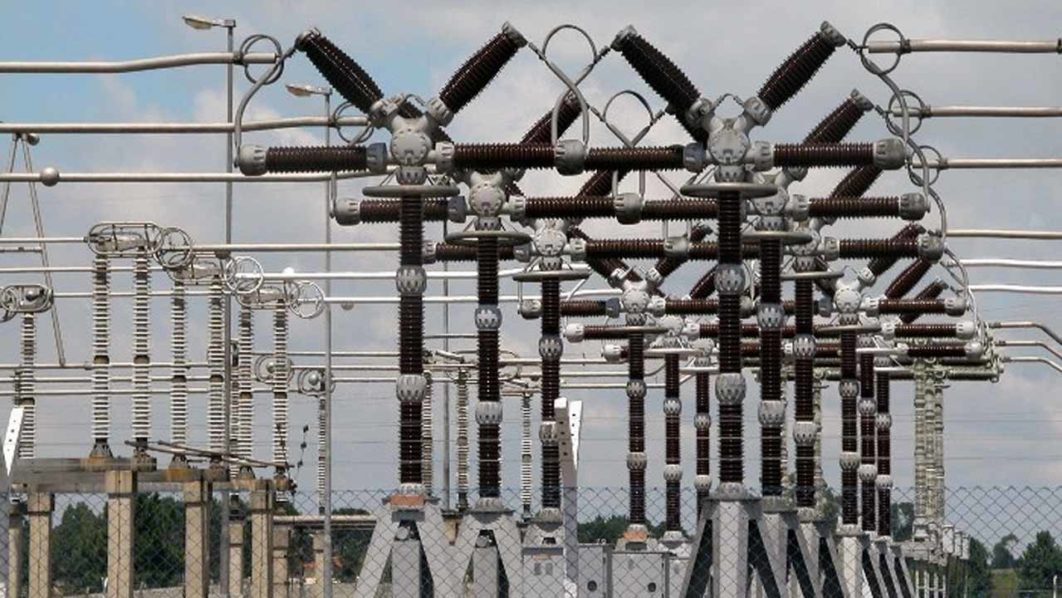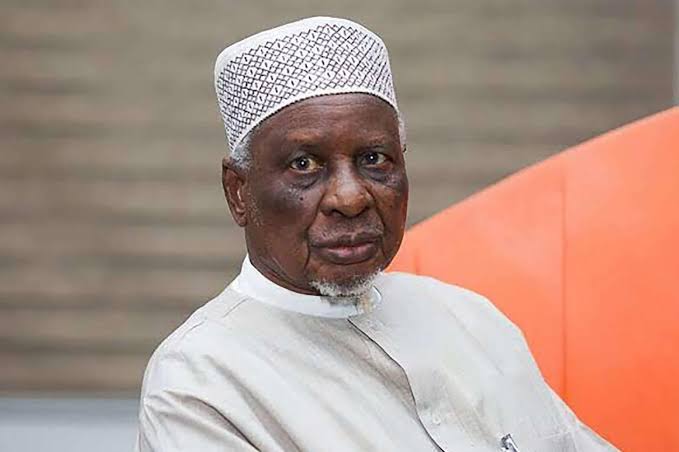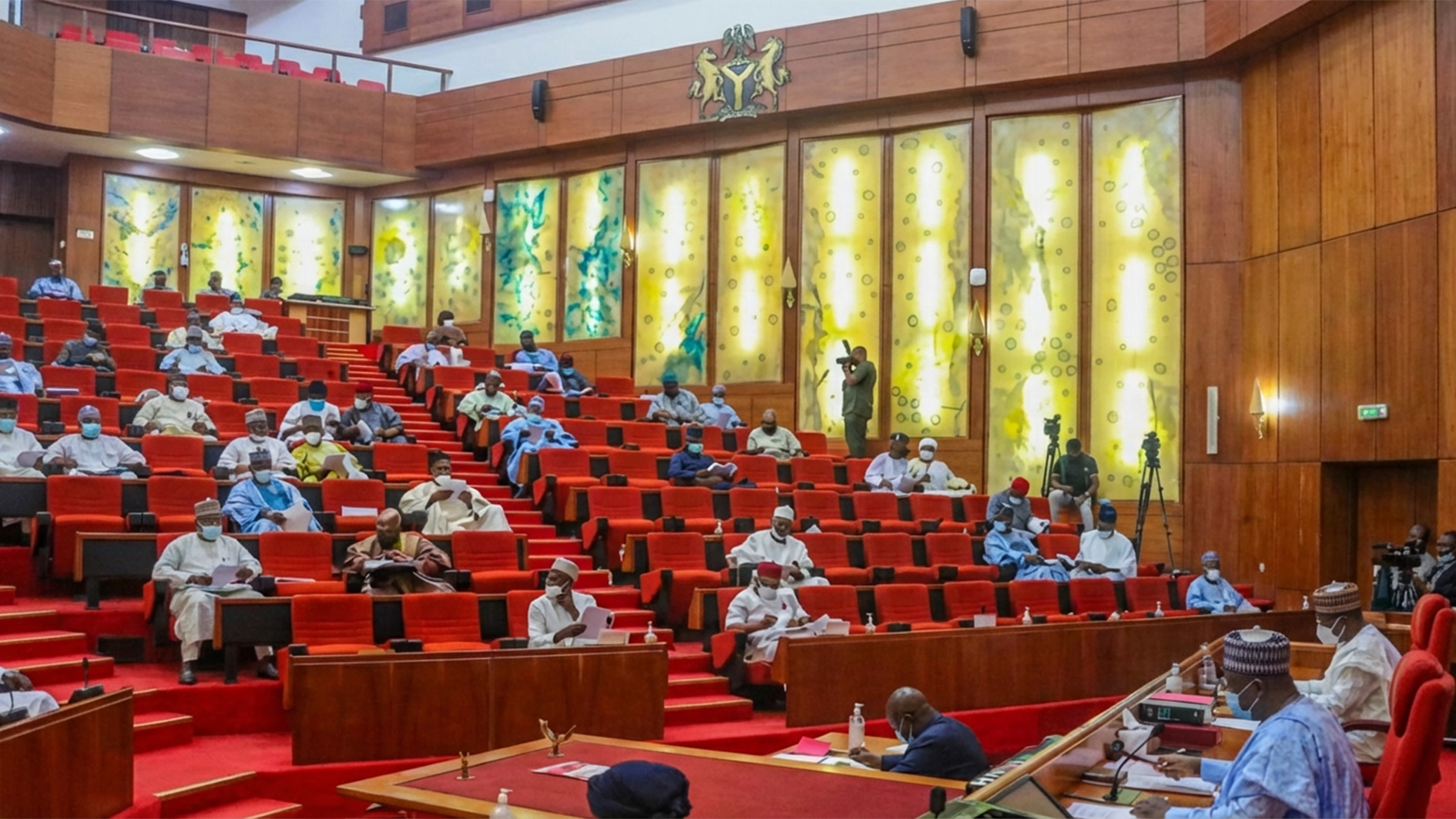
• Govt Reps, ECN, IRENA Woo Investors, Insist Renewable Energy Plan Is Feasible
• Stakeholders Suggest Ways To Sustainable Energy, Development In Nigeria
• REmap Sacrosanct To Nation’s Energy Demand —DG, ECN
• Plan, Only A Dream — Ex-NERC Boss, Amadi
• Nigeria’s Total Renewable Energy Estimated At 30,129.4GW
• UN Canvasses Increased Energy Transition Investments To Achieve SDGs
With massive energy deficit, the highest in the world according to statistics, the Federal Government is contemplating a renewable energy plan (REmap) that would generate 178,000MW in its bid to overhaul Nigeria’s energy architecture.
To achieve the ambitious energy plan, the FG is scouting for investors to raise $1.22 trillion to shift its energy sources to renewable, with a projected 178,000 Megawatts of electricity over the next 27 years.
Minister of Science, Technology and Innovation, Adeleke Mamora dropped the hint while launching the ambitious plan at the 13th International Renewable Energy Agency (IRENA) Assembly holding in Abu Dhabi, United Arab Emirates (UAE).
While renewable energy generation in the country is currently around 1,000MW, the Federal Government and its partners, especially International Renewable Energy Agency (IRENA) are pitching to global investors the ambitious plan aimed at ending energy poverty, addressing climate change and aiding Nigeria in achieving Paris Agreement projections as well as the Sustainable Development Goals.
A senior energy specialist at the World Bank, Mr. Arsh Sharma, relying on a report by the bank, had few months ago stated that Nigeria had the largest energy deficit in Africa, noting that over 90 million people were not connected to the national grid.
Also quoting a World Bank report, a professor of electrical engineering, Professor Evbogbai Edekin of Edo State University, noted that Nigeria has the largest energy deficit in the world. He said the collection of development indicators compiled from official sources in 2018 showed that only 56.5 per cent of Nigerians have access to electricity out of the over 200 million people; meaning that about 97 million Nigerians, representing 43.5 per cent, do not have access to electricity.
Minister Mamora described the proposed plan as “holistic,” disclosing that adopting the new energy option would be beneficial to government and indeed, Nigerians.
Mamora, represented at the programme by Nigerian ambassador to the UAE, Mohammed Dansanta Rimi, said that Nigeria’s highly distributed institutional structure of the energy sector means that coordination of policies would be essential to unlocking integrated energy transition planning and ensuring its success.
He said that the Nigerian government would provide the needed environment for investors into the plan. He added that FG would be committed to implementing the roadmap, which came out of a series of other plans on driving renewable energy adoption in Nigeria .
“A cross cutting agency or body tasked with doing so would be helpful in building consensus and developing a coherent plan, which in turn would allow for the scaling up of renewable energy to meet the needs across the Nigerian energy sector,” he added.
The plan was put afoot as the United Nations, also yesterday, asked countries across the world to triple energy transition investment to $4Trillion a year despite the global energy crisis due to COVID-19 and the war in Ukraine. UN made the call as global energy leaders gathered at the 13th Assembly of IRENA in Abu Dhabi, to dialogue on options and assess progress on climate change ahead of Conference of the Parties (COP 28) later this year.
Nigeria currently generates 80 per cent of its electricity from fossil fuel. If FG’s renewable energy plan is realistic, Nigeria would have to dump its 208 trillion standard cubic feet of gas and slow down on its 37 billion barrel oil reserves, as the plan launched at the 13th IRENA Assembly seeks to overhaul the energy architecture in Africa’s most populous country.
This is coming at a time when fossil fuel supporters in the country and other parts of Africa are insisting on using existing resources, especially gas, to power industries and homes, instead of merely importing renewable energy products.
But stakeholders at IRENA, Energy Commission of Nigeria (ECN) and the Ministry of Science, Technology and Innovation maintain that the REmap is Nigeria’s best pathway to sustainable energy after years of elusive energy policies and implementation.
Nigeria’s population is growing very fast and has been projected by the United Nations Population Fund to increase by 3.2 per cent yearly and hit 400 million by 2050.
This development means that the current weak energy infrastructure could push more people into lack of energy amidst dangers of fossil fuel and deforestation.
In a Transforming Energy Scenario (TES), about 92 per cent of energy sources would become renewable at a cost of $35 billion yearly, the new road map projected, even as IRENA estimated the technical potential for solar photovoltaic (PV) in Nigeria to be 210 Gigawatts as only one per cent of the suitable land could be utilised for project development.
The technical potential for wind was estimated at 3.2GW while large hydro potential was estimated at 4GW. Small hydro potential was put at 3.5GW, biofuel was projected at 29,800GW and CSP was put at 88.7 Gigawatts. These projections brought Nigeria’s total renewable energy estimation to 30,129.4GW.
DIRECTOR General of IRENA, Francesco La Camera stressed the need to harness untapped renewable energy resources in Nigeria.
La Camera, while expressing optimism over the road map, stated that the deal could provide sustainable energy for all its citizens in a cost-effective manner.
“Nigeria has a unique opportunity to develop a sustainable energy system based on renewables that support socioeconomic recovery and development, while addressing climate challenges and accomplishing energy security,” he said.
Director General of ECN, Eli Bala noted that the public private investment model would be adopted for the REmap, as “the government can not do it alone.”
Bala noted that the Nigerian economy needed rapid growth and if it must grow at the projected seven per cent, the REmap remains sacrosanct to support the energy demand of the country.
Senior Programme Officer and REmap Team Lead at IRENA, Ricardo Gorini noted that the REmap would support socio-economic recovery and development, while addressing climate change mitigation and adaptation strategies.
Such plans, which have been launched in countries like Ethiopia, UAE, the USA and other places, have helped to scale up renewable energy adoption and investment.
BUT the former Chairman of the Nigerian Electricity Regulatory Commission (NERC), Sam Amadi, insisted that the plan is too ambitious and may remain a mirage.
“It is good to make ambitious plans for the future, Amadi said, while adding that although 2050 is far ahead, having a clear and implementable plan of increasing renewable energy in the grid is more feasible.
He canvassed a gradual increase that may start from 500MW to 1000MW and then to 5000MW, stressing that a clear and implementable plan of ensuring regular supply of electricity for 24 hours daily for Nigerian households is important.
“Nigeria is energy-starved. There is massive de-industrialisation and someone is dreaming of 2050 when he has no clear plan for 2027. That’s plain hair-brained stuff for summits and workshops. Let’s get back to earth and cure the nepotism and corruption that are hindering small progress in the power sector,” Amadi said.
For an ambitious REmap project to work, renowned energy scholar, Prof. Wunmi Iledare stressed the need for effectiveness, efficiency and ethics in the public sector, as enablers of a sustainable business environment.
Iledare said: “This, however, is only possible with a transformational leadership mindset pinned on what ought to be before pragmatism; a leadership mindset with shared vision and setting agenda with authoritative attitude.”
Public-private partnership consultant, Joseph Tsavsar said the attitudes and approaches to implementing policy in Nigeria have to change, especially from the leadership perspective.
“We must consider the national interest first in implementing national plans for sustainable development of the country, not only about our personal selfish interests,” Tsavsar said, stressing that the country usually does not lack good plans but implementation.
“So to me, the present plan of 2030 or 2050 will amount to nothing if there is no change in attitudes and the will to sacrifice our selfish interests for the national interest,” he said.
Executive Director at Green Growth Africa and Research Fellow at the Politecnico di Milano, Italy, Dr. Adedoyin Adeleke said while plans to improve the energy narrative in Nigeria is key, the realities and contexts would largely impact its feasibility.
He decried the projections, saying that the National Renewable Energy and Energy Efficiency Policy and the Renewable Energy Master Plan did not become realistic despite being commendable.
“The Nigerian government needs to learn from South Africa and Egypt (though they also have their challenges) who have made remarkable progress on renewables for energy access and infrastructure.
“The Nigerian government needs to move beyond leveraging intervention from development partners but directly commit majorly to renewable energy at infrastructural scale,” he said.
Adeleke said while commending the various mini-grid projects of the Nigerian government, there was an urgent need to move to scale by providing tax holidays, zero import duty, among other fiscal and financial incentives promoted in the National Renewable Energy and Energy Efficiency Policy.
Shifting from fossil fuel into developing a 178,0000MW-plan in 27 years is considered “over ambitious,” electricity market analyst, Elatuyi Lanre said, stressing that Nigeria is yet to distribute 5000MW from fossil fuels that it has in abundance.
He doubted the sincerity in the plan, saying that the energy challenges in the country may not be resolved only by adopting more renewables into the country’s energy mix.
“One of the big questions in energy policy today is how to keep the lights on during the energy transition! When wind and solar make up most of our energy mix, we will still need some form of dispatchable generation during peak hours.
“In Nigeria, our peak hours are late in the evening when the sun is not generating. Massive increases in renewable energy generation mean that we must start planning now for how to manage seasonal gaps with economic, low carbon solutions,” he said.
Lanre added that the question of how to meet residual electricity load in a renewable energy system must be on the table alongside the push to phase out fossil fuel power plants.
Lanre seeks a change in the current market structure, saying that it is not suited to deal with increasing levels of renewable energy, and that it does not embrace demand-side flexibility.
“Also, to meet the new system requirements, new energy technologies have to be adopted. For instance, High Voltage Direct Current (HVDC) transmission technology may considerably reduce transmission losses over longer distances compared to Alternating Current (AC) technologies. It will take a lot of political will to achieve this target,” he said.
MEANWHILE, United Nations call on countries to triple energy transition investment came on the heels of sustained global efforts to save the planet. It would be recalled that countries across the world, including Nigeria, have committed to net-zero goals but prevailing development, especially COVID-19 and the Ukraine war, have thrown global projections off balance with serious energy and supply chain disruption.
The resolution for members of IRENA hinted that short-term actions would accelerate the energy transition in the coming years and course correct the 1.5°C pathway to 2050.
Secretary-General António Guterres said at the event that projected 2.8 degrees of global warming by the end of the century remained disastrous, adding that there was a need to remove intellectual property barriers and treat key renewable technologies, including energy storage, as global public goods.
Calling for a diversification and increased access to supply chains for raw materials and components for renewables technologies, Guterres said decision-makers must grant approval for sustainable projects.
According to him, subsidies must shift from fossil fuels to clean and affordable energy. “The price of renewable technologies can be seven times higher in developing countries. We must all work together to reduce the capital cost for renewables – and ensure that financing flows to those who need it most. Multilateral Development Banks must play their part by investing massively in renewable energy infrastructure, taking on more risks, and leveraging private finance,” he stated.
The energy leaders from governments, private sector and international organisations, who gathered at event, insisted that the world is not on track to reach climate and development goals.
IRENA’s Director-General Francesco La Camera stated that renewables-based energy transitions could be a powerful force for positive change.
“The intersecting crises we face demands concerted global action, grounded in multilateralism, to emerge stronger and more unified in achieving our common goals. And the IRENA Assembly provides a platform to drive a global energy agenda. I firmly believe that your insights, thoughts, and experiences will not only guide the Agency’s work in the coming period but also convey to audiences around the world that transforming the global energy system is a path that leads to resilience, equality and prosperity,” he said.






